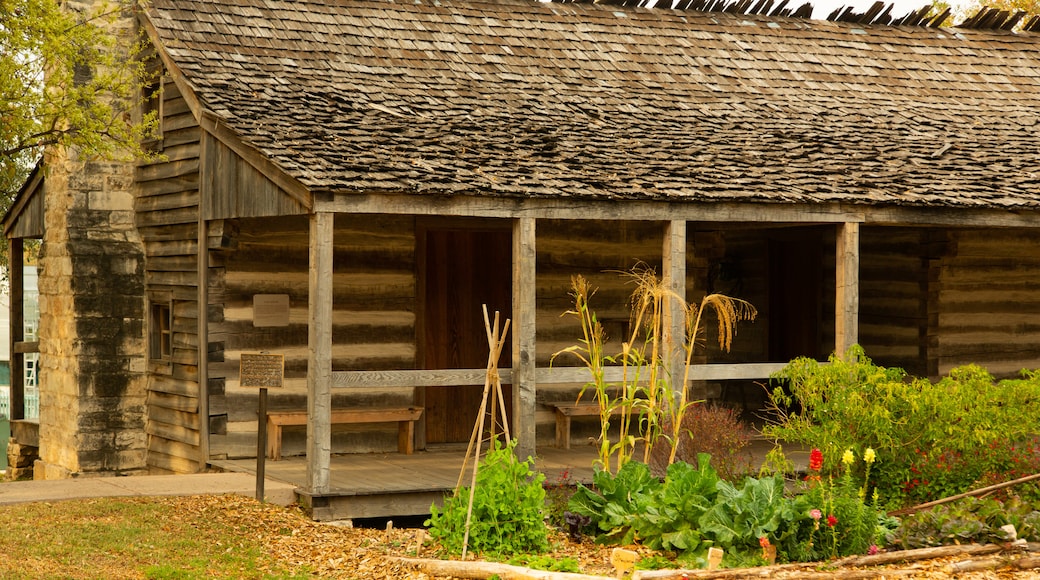Get a feel for the Lone Star State’s cultural diversity at this museum that dishes up fun, education, and some little-known facts about Texas history.
The Institute of Texan Cultures celebrates the state’s rich multicultural heritage. You’ll find historic artifacts, artist exhibitions, photographs and interactive displays across this 182,000-square-foot (16,900-square-meters) complex. This downtown museum operated by the University of Texas at San Antonio also conducts research and puts on events throughout the year to serve as the forum for the understanding and appreciation of Texas and Texans.
Texas is well known for its Mexican and Spanish influences, which are on display here. However, you’ll also get a glimpse into some 20 other cultures that have helped to shape Texan history — German, Japanese, Swedish and Native American to name a few.
The institute has a wide range of long-term and temporary exhibits that tell the stories of Texans and their state’s legacy. There are also a variety of impressive permanent collections, including historical manuscripts from local authors, architects and urban planners, rare books, photographs and oral histories. These collections are used for historical research by students and authors, and are available for all visitors to look through. It’s advisable to email in advance, through the institute’s website, if you have specific research interests.
Check the institute’s website for details about upcoming events. The Texas Folklife Festival is a three-day summer extravaganza of food and entertainment that always draws a crowd. There are performances, dancing, live music, parades and food stalls, all celebrating the state’s melting pot of more than 40 different cultures. If you miss this, there are plenty of other events throughout the year, such as the Day of the Dead festival in October, a Rock ‘n’ Roll Marathon in November and in December the annual Toy Day, a toy-drive event celebrating “timeless Texan toys.”
Located on the University Campus at HemisFair Park in downtown, the Institute of Texan Cultures is just a short walk from The Alamo and the River Walk, and easy to get to on foot or public transport. There’s a small entrance fee, but money goes back into research and maintaining the museum’s collections. For history buffs intent on delving deeper, there’s an extensive library of resources available for perusal.



























































